ACS Nano: Highly oriented MXene fiber assembly
QQ Academic Group: 1092348845
Detailed
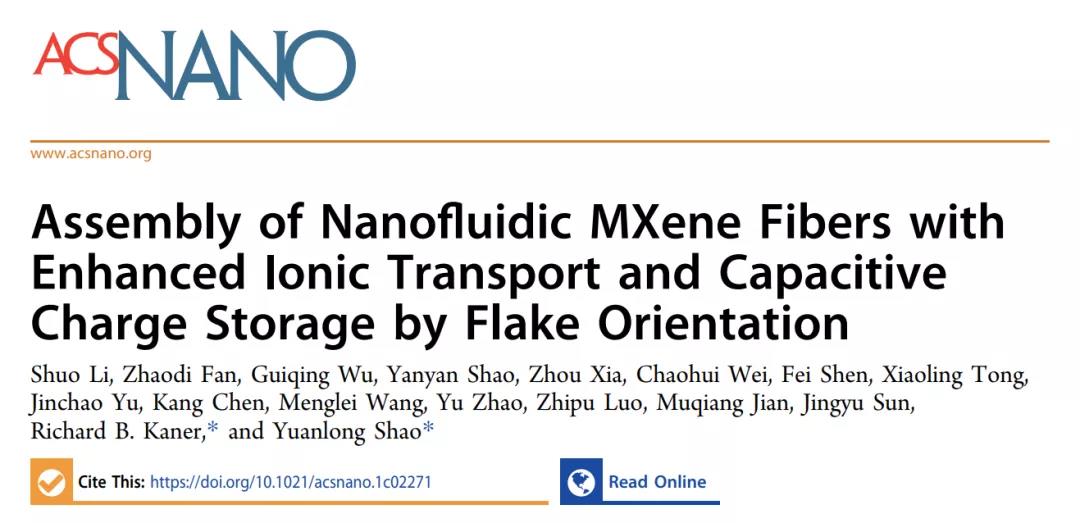
1. Article overview
Unhindered nano-scale ion channels with fast ion transmission speed are essential for efficient electrochemical energy storage, water purification and even chemical conversion in biological systems. The ions and fluids "locked" in the nano-scale space exhibit transmission characteristics different from those of the bulk solution. In particular, when the size is close to or even narrower than the Debye length of the electrolyte, the nanochannel can exhibit extraordinary ion conductivity and selective ion transport in a limited nanospace. This improvement in ion transport can improve the performance of various applications, such as sewage ultrafiltration, biosensors, and electrochemical energy conversion/storage. MXenes is a new class of high-conductivity 2D materials that can potentially be used as assembly substrates to form 2D nanochannels with colloidal interconnections and highly oriented sheet-like fibril electrodes with high electronic conductivity. Recently, Yuanlong Shao of Soochow University and the team of Professor Richard B. Kaner of the University of California, Los Angeles used a wet spinning process to assemble Ti3C2Tx fibrous electrodes with highly oriented nanosheets at a controllable spinning speed and spinneret morphology. Relevant research results were published on ACS Nano (IF=14.588), the top journal of materials science, with the title "Assembly of Nanofluidic MXene Fibers with Enhanced Ionic Transport and Capacitive Charge Storage by Flake Orientation", and attracted widespread attention.
In this article, magnesium ions acted as a crosslinking agent between the Ti3C2Tx nanosheets, and the electrical conductivity and mechanical strength of the prepared fibers were increased to 7200 S/cm and 118 MPa, respectively. In addition, the oriented Ti3C2Tx fiber has a volume capacitance charge storage capacity of up to 1360 F/cm3 even in a neutral electrolyte based on Mg ions, which is attributed to nanofluid ion transport and Mg ion insertion pseudo capacitance. The oriented two-dimensional Ti3C2Tx-driven nanofluidic channel has excellent electrical conductivity and mechanical strength, which gives MXene fiber the characteristics of a conductive ion cable and active material, and is expected to be used in fiber-type capacitive electrochemical energy storage, biosensors and biological phases. Content of fibrous tissue and other fields.
Two, graphic guide
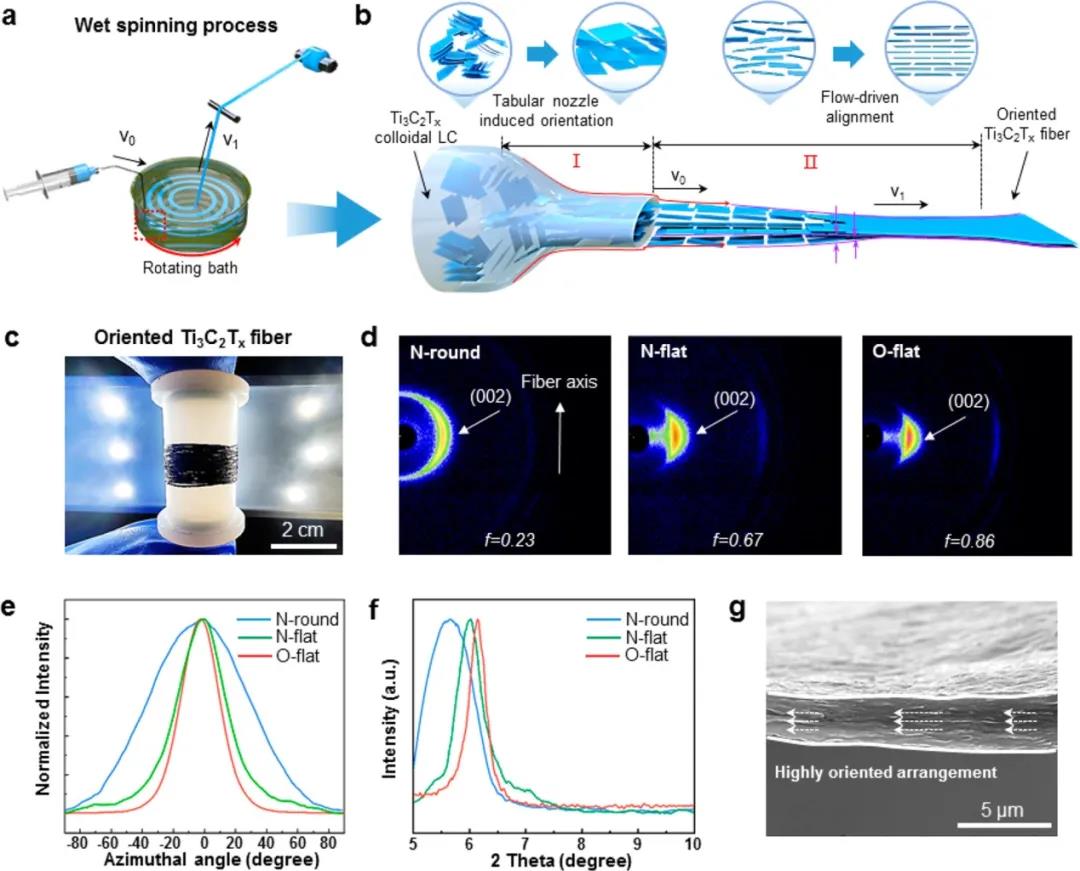
Figure 1. Wet spinning process and structural characteristics of Ti3C2Tx fiber.
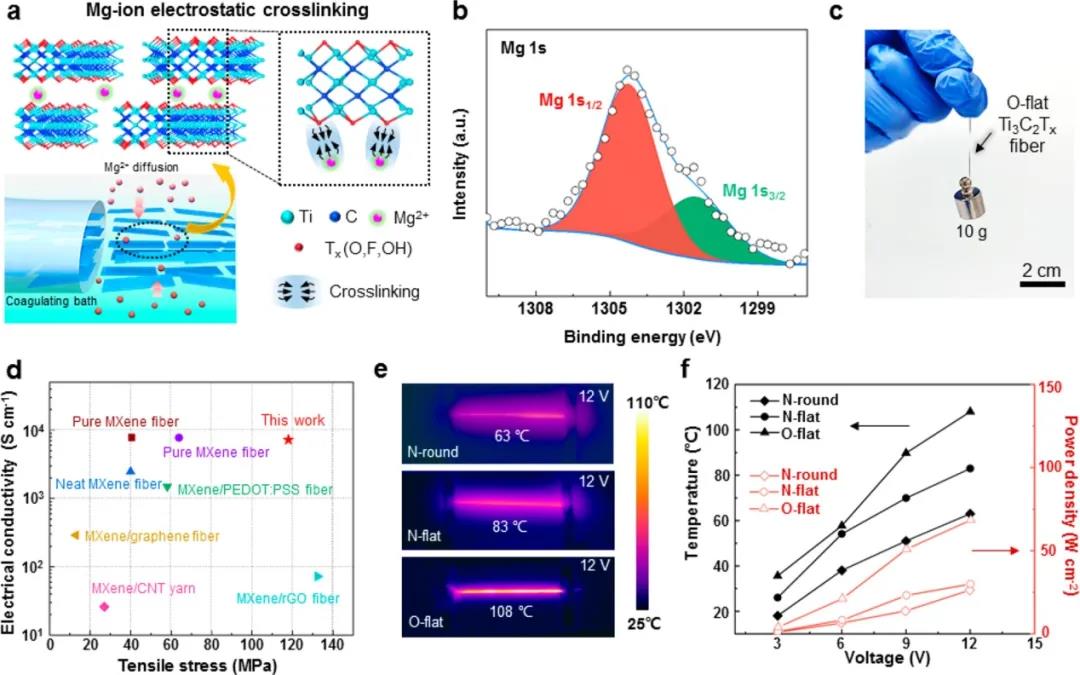
Figure 2. Representative characteristics of highly oriented Ti3C2Tx fibers.

Figure 3. The effect of orientation on the ionic conductivity of Ti3C2Tx fibers.
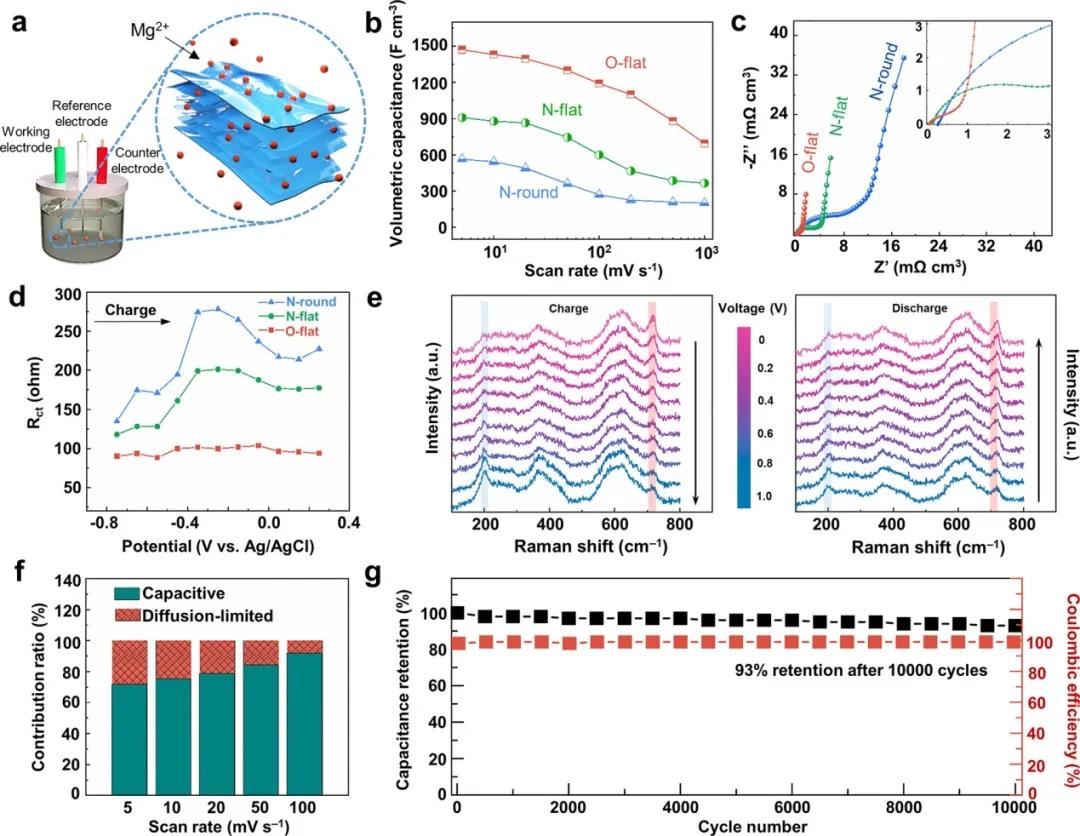
Figure 4. Electrochemical characterization of Ti3C2Tx fiber.
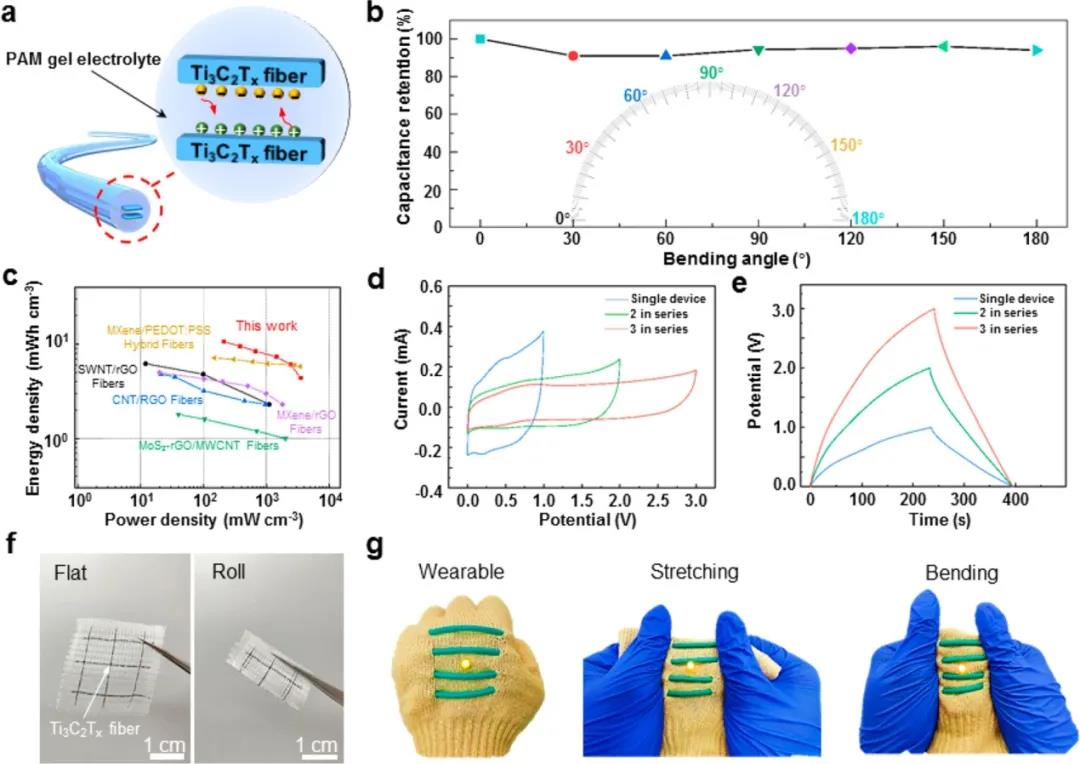
Figure 5. Fiber type quasi-solid Mg ion supercapacitor.
3. Thesis information
Assembly of Nanofluidic MXene Fibers with Enhanced Ionic Transport and Capacitive Charge Storage by Flake Orientation
ACS Nano (IF=14.588)
Pub Date: 2021-04-09
https://doi.org/10.1021/acsnano.1c02271
Shuo Li, Zhaodi Fan, Guiqing Wu, Yanyan Shao, Zhou Xia, Chaohui Wei, Fei Shen, Xiaoling Tong, Jinchao Yu, Kang Chen, Menglei Wang, Yu Zhao, Zhipu Luo, Muqiang Jian, Jingyu Sun, Richard B. Kaner* , and Yuanlong Shao*
College of Energy, Soochow Institute for Energy and Materials Innovations (SIEMIS), Key Laboratory of Advanced Carbon Materials and Wearable Energy Technologies of Jiangsu Province, SUDA-BGI Collaborative Innovation Center, Soochow University, Suzhou 215006, P.R. China
- Previous: What are the latest de
- Next: IF 26.8! Permeation ca


 mxene academic
mxene academic